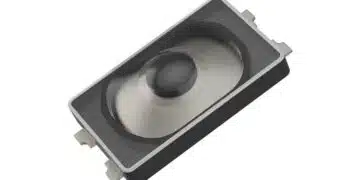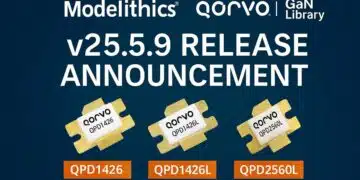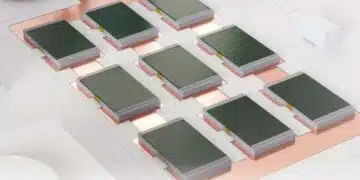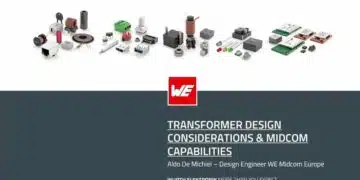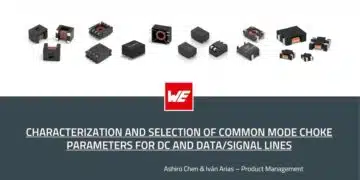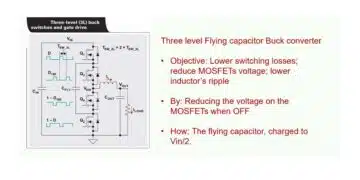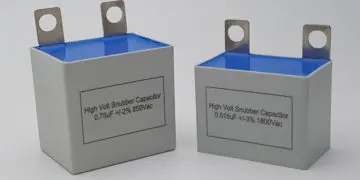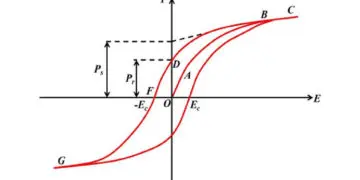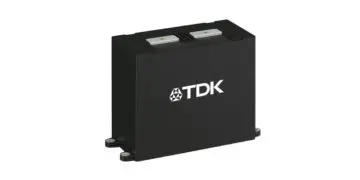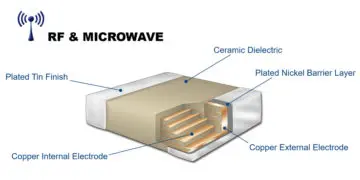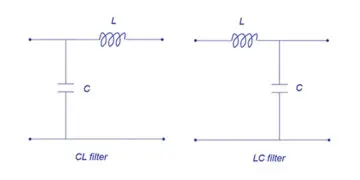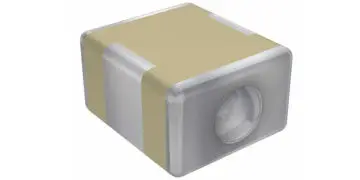Capacitors e-Blog
Snubber Capacitors Functionality and Selection Guide
Paul Rako at Electronic Design's article describes snubber capacitors functionality to reduce the spikes in converter design, protecting the transistors...
Read moreDetailsImportance of Oxide Electrodes for the Functional Properties of Ferroelectric Capacitors
In a recent study published in physica status solidi RRL, researchers at the University of Twente, focused on challenge lies...
Read moreDetailsChoosing Capacitors for Crossover Audio Circuits
The article discuses design considerations and applications of capacitors for crossover audio circuits. Capacitors have a broad range of applications...
Read moreDetailsTDK Introduces Special Film Capacitor Dielectric for SiC and GaN DC Link Operating up to 125C
Power transistors based on gallium nitride and silicon carbide impose very high demands on DC link capacitors. TDK has now...
Read moreDetailsMLCC capacitors for RF and microwave applications
Capacitors have numerous applications in today’s RF and microwave systems. The performance characteristics of these components are greatly dependent on...
Read moreDetailsCapacitors for Medical Applications: Component Selection Considerations
Murray Slovick published an overview on TTI MarketEye on capacitor selection considerations for medical application. Capacitors for Medical Applications: Component...
Read moreDetailsEMC CL and LC Filters Comparison
Bogdan Adamczyk and Dimitri Häring from the EMC Center at Grand Valley State University, USA discuss the second- and third-order...
Read moreDetailsTDK Explains Soft Termination on Capacitors, Inductors, and Chip Beads for Automotive
Components operating in high vibration and wide operating temperature environments such, as automotive electronics, have to absorb both board flexure...
Read moreDetailsInsertion Loss and Performance in EMI Filtering
KnowlesCapacitors blog explains insertion loss and performance in EMI filtering in article by Peter Mathews. To comply with international legislation...
Read moreDetailsFailure Analysis of Capacitors and Inductors
"Failure analysis of capacitors and inductors" article by Javaid Qazi and Masahai Ikeda from KEMET Electronics appeared in ASM International®...
Read moreDetails

